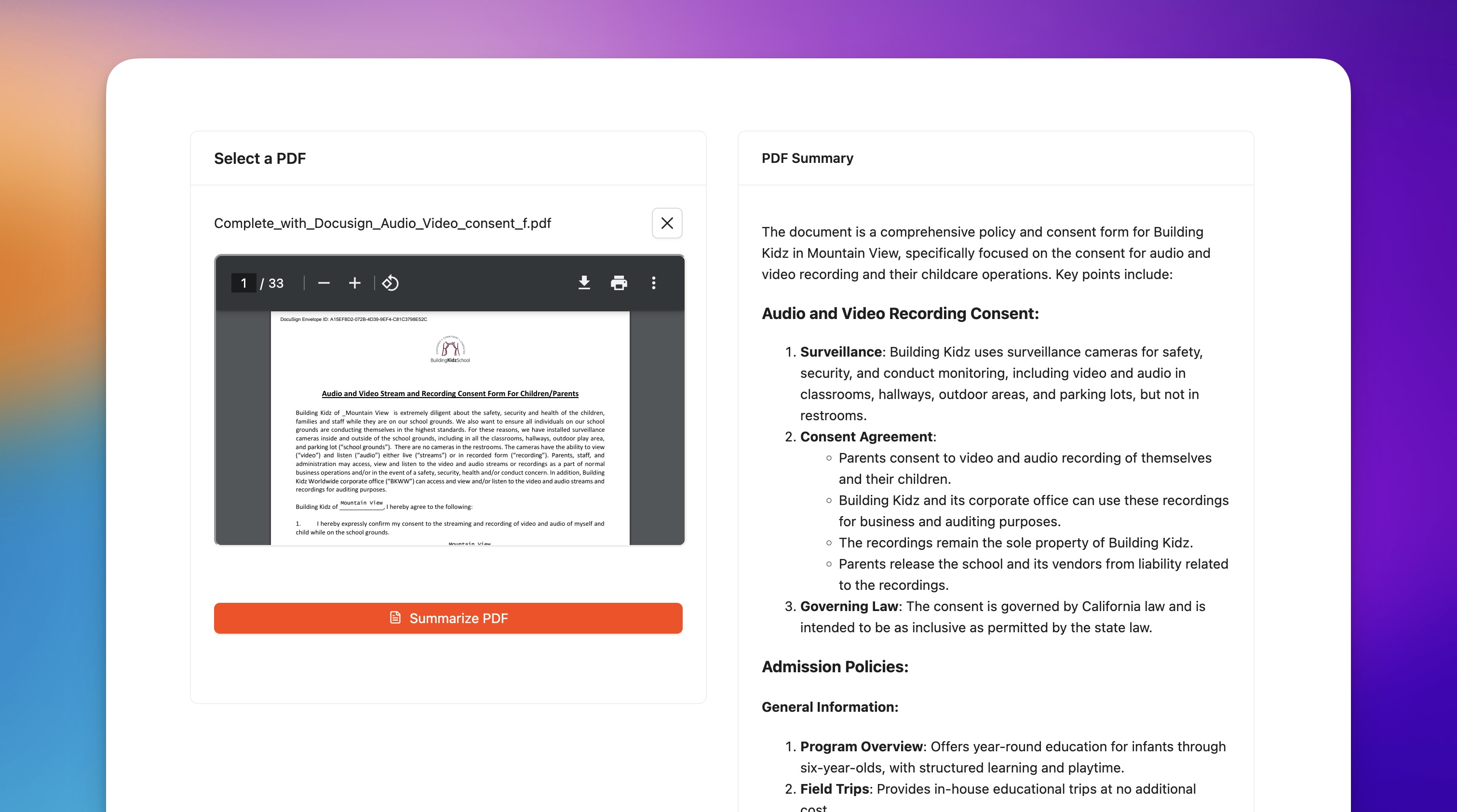PDF Summarizer
Summarize PDFs using AIClick or drag file to this area to upload
Support for a single PDF file upload. File size should be less than 10MB.
How to Summarize a Paper: A Comprehensive Guide
If you've ever faced the daunting task of summarizing a paper, you know it requires more than just skimming through the content. A well-crafted summary demands an understanding of the main points and the ability to convey them succinctly. This blog post serves as a detailed guide on how to effectively summarize a paper, following SEO best practices for increased discoverability.
Why Summarize a Paper?
Before diving into the intricacies of summarization, let's understand why summarizing a paper is critical:
- Efficient Information Consumption: Summaries provide a quick overview, allowing readers to grasp the core ideas without wading through lengthy content.
- Better Retention: Condensing information helps in retaining key points.
- Academic and Professional Use: Summaries help in reviews, literature surveys, and project reports.
Essential Steps to Summarize a Paper
Summarizing a paper involves several steps. Follow these guidelines to ensure you capture the essence of the document effectively.
Step 1: Understand the Paper's Structure
A typical academic paper is divided into sections: Abstract, Introduction, Methodology, Results, Discussion, and Conclusion. Identify the role of each section to guide your focus during summarization.
Step 2: Read the Abstract and Conclusion First
Begin with the abstract and conclusion as these sections usually encapsulate the main objectives, findings, and implications of the study. This gives you a snapshot of what to expect.
Step 3: Highlight Key Points
Skim through the entire paper, taking notes and highlighting critical points such as:
- Main Arguments: Claim and evidence presented.
- Results: Key findings and statistics.
- Conclusions: Implications and future research directions.
Step 4: Create an Outline
Outline the paper's main sections and jot down the primary points under each. This structured approach ensures you cover all essential aspects.
Step 5: Write the Summary
Using your outline, write a concise summary, keeping these tips in mind:
- Be Objective: Stick to the paper's content without injecting personal opinions.
- Use Concise Language: Aim for clarity and brevity.
- Paraphrase: Rather than copying sentences, paraphrase them to avoid plagiarism.
Step 6: Review and Revise
Finally, review your summary to ensure it accurately reflects the paper's main points. Revise for coherence, grammar, and punctuation.
Using Tools to Simplify Summarization
In today's digital era, there are several tools to aid in summarizing lengthy documents. One such advanced tool is the AI PDF Summarizer by Slik Safe. This Generative AI-powered tool efficiently extracts key points from PDF documents, making the summarization process quicker and more accurate.
How to Use the AI PDF Summarizer
- Upload the PDF: Navigate to the AI PDF Summarizer page and upload the paper.
- Initiate Summarization: Click the 'Summarize' button to let the AI analyze the content.
- Review the Summary: The tool will generate a concise summary that you can further refine.
Best Practices for Summarizing a Paper
To ensure high-quality summaries, consider these best practices:
Know Your Audience
Tailor the summary to meet the needs of your audience. Academic peers may require more technical details, whereas a general audience may appreciate simplified explanations.
Stay Within Word Limits
Often, summaries have word limits. Stay within these constraints while ensuring all key points are covered.
Include References
Cite the original paper correctly when using information from the summary in any formal context.
Use Visual Aids
Where applicable, incorporate tables, charts, or bullet points to make the summary more engaging and easier to read.
Troubleshooting Common Issues in Summarization
Despite best efforts, some issues might arise:
- Overlooking Key Details: If key points are missing, revisit each section of the paper and refine your summary.
- Exceeding Word Limit: Break down long sentences and remove any redundant information to tighten your summary.
- Plagiarism: Always paraphrase and cite the original source correctly to avoid plagiarism.
Conclusion
Summarizing a paper is a skill that improves with practice and the right tools. By understanding the structure, highlighting key points, and using aids like the AI PDF Summarizer, you can craft accurate and concise summaries. With these steps, you’re now equipped to tackle any paper and condense it effectively for your academic or professional needs.
Download Now
The Slikest Files Experience Ever Made

